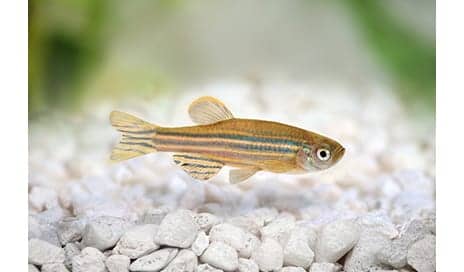In freshwater zebrafish, their spinal cords are able to heal completely after being severed. From observing this process, scientists suggest a particular protein is responsible and may generate new leads for spinal cord repair in humans.
The Duke University scientists suggest, in their study appearing in the journal Science, that CTGF (connective tissue growth factor) protein is one of those responsible for the repair process in zebrafish.
A media release from Duke University explains that when zebrafish regenerate their severed spinal cord, a bridge forms. The first cells extend projections into a distance tens of times their own length and connect across a wide gulf of the injury. Nerve cells follow. By 8 weeks, new nerve tissue has filled the gap and the animals have fully reversed their severe paralysis.
The levels of CTGF rose in the supporting cells, or clia, that formed the bridge among zebrafish in the first 2 weeks following a spinal cord injury. When they tried to delete CTGF genetically, the zebrafish failed to regenerate their spinal cord, the researchers note.
“We were surprised that it was expressed in only a fraction of glial cells after the injury. We thought that these glial cells and this gene must be important,” says lead author Mayssa Mokalled, a postdoctoral fellow in senior investigator Kenneth Poss’s group.
The human CTGF protein is nearly 90% similar in its amino acid building blocks to the zebrafish form. When the team added the human version of CTGF to the injury site in fish, it boosted regeneration and the fish swam better by 2 weeks after the injury, the release continues.
“The fish go from paralyzed to swimming in the tank. The effect of the protein is striking,” Mokalled adds.
The second half of the CTGF protein seems to be key to healing, the researchers suggest.
However, CTGF may not be sufficient on its own to help humans regenerate their own spinal cords postinjury since healing is more complex in mammals, in part because scar tissue forms around the injury, according to Poss, professor of cell biology and director of the Regeneration Next initiative at Duke University, in the release.
“I don’t think CTGF is the complete answer, but it’s a great thing to have in hand to inform new ways to think about the real challenge of trying to improve regeneration,” Poss states.
[Source(s): Duke University, Science Daily]





